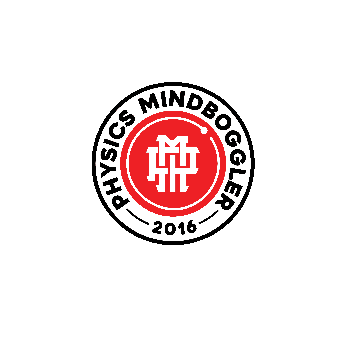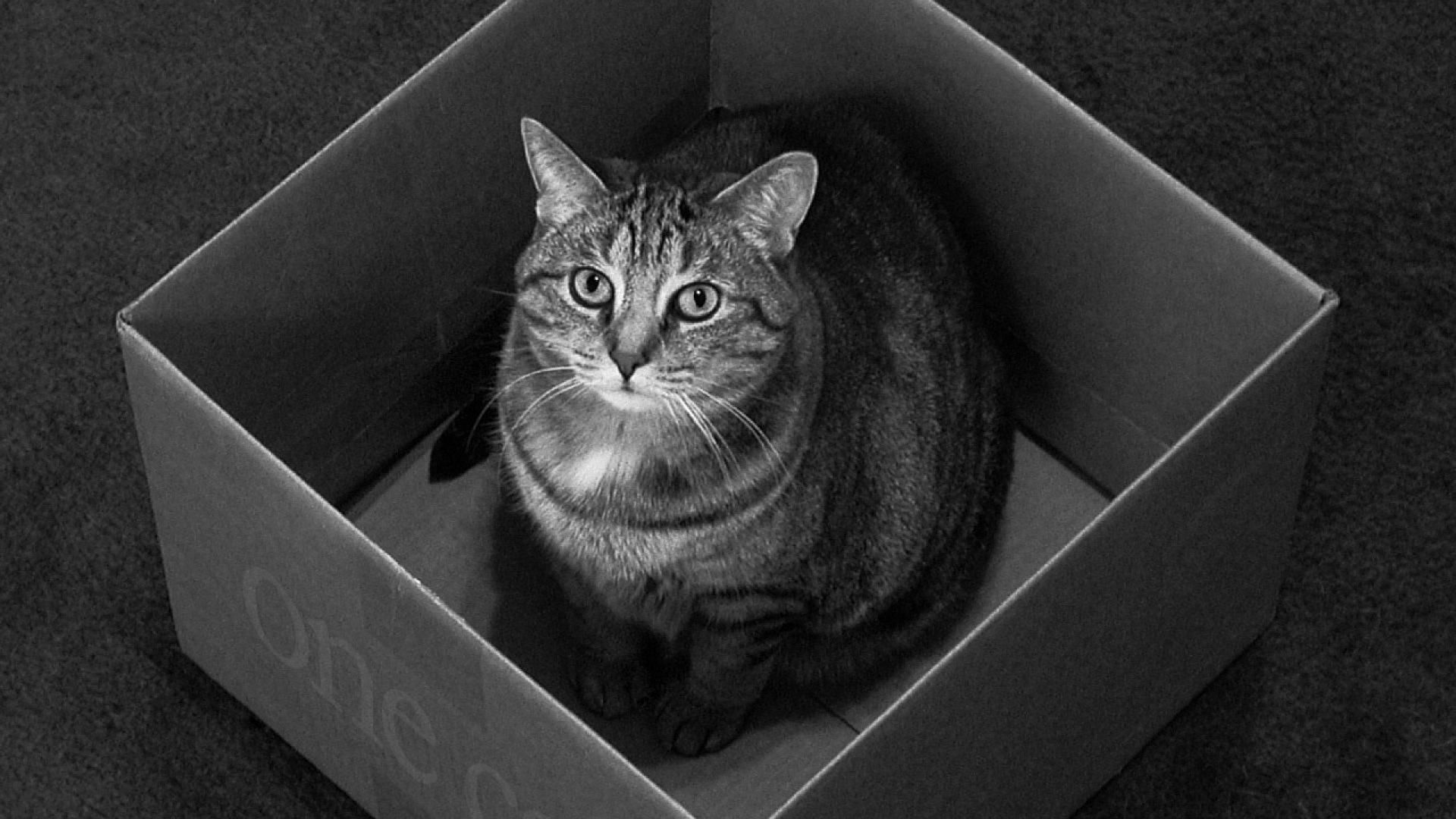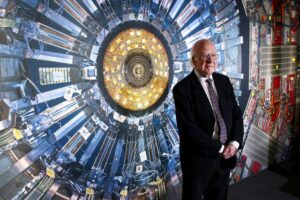It’s true that there are only a few people who truly understand Quantum phenomena and are able to give satisfactory explanations to others. Quantum Mechanics has always been one of the mindboggling domains in physics. This micro-world never misses an opportunity to surprise us and is always unpredictable. Thanks to the most powerful tool of mathematics because of which we can explore the deepest mysteries of science.
In 1808, Dalton introduced the world with an atom. Later in 1896, Thomson discovered the first fundamental particle electron. However, the real Quantum theory was born in 1926, reaching fruition nearly simultaneously in a variety of forms, namely the matrix theory of Max Born and Werner Heisenberg, the wave mechanics of Louis V. de Broglie and Erwin Schrodinger, and the transformation theory of P.A.M. Dirac and Pascal Jordan. These different formulations were in no sense alternative theories; rather, they were different aspects of a consistent body of physical law.
The entire journey of Quantum Mechanics can be divided into three main categories; the old quantum mechanics (1900-1925), the new quantum mechanics (1926-1960) and present quantum mechanics (1961-present).
THE OLD QUANTUM MECHANICS:
In spite of initiating the efforts to explore the micro-world in 1808 the real grip to quantum mechanics started from the early twentieth century. In the entire period of old quantum mechanics, there were four revolutionary papers published.
In 1900, Plank proposed Plank’s law which describes the spectral density of electromagnetic radiation emitted by a black body in thermal equilibrium at a given temperature T. In 1905, Einstein published three papers, out of which the photoelectric effect showed the particle behavior of light.
The light then was considered as the discrete packets of energy called quanta which in 1926 came to be called photons by Gilbert N. Lewis. The third revolutionary paper was published by Neil Bohr in 1913, where he mathematically proved the angular momentum of the particle and estimated the structure and mechanics of an atom. And then came Bose-Einstein statistics in 1924, where Bose re-derived the Plank’s radiation law and then Einstein took it further and discovered a new state of matter called the Bose-Einstein Condensate (explored more in my future post ‘ Bose-Einstein statistics and quantum information processing’:)).
The phrase “quantum mechanics” was coined (in German, Quantenmechanik) by the group of physicists including Max Born, Werner Heisenberg, and Wolfgang Pauli, at the University of Gottingen in the early 1920s, and was first used in Born’s 1924 paper “Zur Quantenmechanik”. In the years to follow, this theoretical basis slowly began to be applied to the chemical structure, reactivity, and bonding.
THE NEW QUANTUM MECHANICS:
Then comes the new quantum mechanics period where Schrodinger introduced us with wavefunction and gives a mathematical description for knowing the most probable position of an electron. Eigenvalues for wavefunction gave energy values of states of hydrogen. Heisenberg, later on, gave us the uncertainty principle which tells us that the position and momentum of the particle cannot be measured simultaneously.
Beginning in 1927, researchers made attempts at applying quantum mechanics to fields instead of single particles, resulting in quantum field theories. Early workers in this area include P.A.M. Dirac, W. Pauli, V. Weisskopf, and P. Jordan. This area of research culminated in the formulation of quantum electrodynamics by R. P. Feynman, F. Dyson, J. Schwinger, and S. Tomonaga during the 1940s. Quantum electrodynamics describes a quantum theory of electrons, positrons, and the electromagnetic field, and served as a model for subsequent quantum field theories.
PRESENT QUANTUM MECHANICS:
In the third era of the quantum world, discovery by Dirac and others gave birth to bosons and fermions. The theory of quantum chromodynamics was formulated in the 1960s. The theory we know it today was formulated by Politzer, Gross, and Wilczek in 1975.
Building on the pioneering work by Schwinger, Higgs and Goldstone the physicist Glashow, Weinberg, and Salam independently showed how the weak nuclear force and quantum electrodynamics could be merged into a single electroweak force.
In 2000, scientists at CERN discovered indirect evidence of a new state of matter called quark-gluon plasma. In the same era, the particle accelerators gave us the experimental evidence for the existence of other fundamental particles like quark, gluon, meuon, etc.
The discovery of Higgs boson confirmed and completed the standard model of particle physics. I have talked more about the Higgs in the ‘Higgs mechanism and its misconceptions‘ post. In 2011 Zachary Dutton demonstrated how photons can co-exist in superconductors and in 2014 scientists transferred data by quantum teleportation over a distance of 10 feet with zero percent error rate, a vital step towards a quantum internet. Presently researchers are looking for the evidence for supersymmetric particles, dark matter and the quantum theory of gravity, by then there is no end to explore the quantum realm.






There is noticeably a bundle to know about this. I assume you made certain nice points in features also.
Thanks a lot for providing individuals with an extremely pleasant opportunity to read from this site. It is often so beneficial and as well , packed with a lot of fun for me and my office co-workers to search your web site at least thrice per week to study the fresh items you have. And definitely, I’m also at all times amazed considering the splendid methods you give. Selected 4 points in this posting are basically the most beneficial we’ve had.
Thank you for your kind words!
I want to get across my love for your kind-heartedness giving support to those who have the need for help with this important area. Your personal commitment to getting the solution all around ended up being remarkably significant and have surely made many people much like me to arrive at their ambitions. Your own valuable tutorial signifies a lot a person like me and much more to my mates. Thanks a ton; from all of us.
Thanks so much for giving everyone a very brilliant opportunity to read in detail from this blog. It’s usually so enjoyable and also packed with a lot of fun for me and my office fellow workers to visit your website no less than 3 times weekly to learn the latest guides you have got. Not to mention, I’m also certainly fascinated with all the superb pointers served by you. Selected two tips in this post are easily the most impressive I’ve ever had.
I wish to voice my gratitude for your generosity giving support to folks who really need help with this one field. Your real dedication to getting the solution all through ended up being definitely useful and have continuously encouraged individuals like me to get to their goals. Your own interesting information denotes this much a person like me and extremely more to my mates. Thank you; from everyone of us.
I wanted to compose you a very small observation so as to thank you very much over again for the great solutions you have shown on this website. It’s so incredibly open-handed with you to allow extensively all that a number of people could possibly have supplied for an e book to earn some cash for their own end, mostly considering the fact that you could have tried it if you ever decided. Those good ideas additionally served to be the great way to be certain that many people have the identical dream like mine to find out a whole lot more on the topic of this problem. I think there are a lot more enjoyable times ahead for individuals who read carefully your blog.
Hey, thanks for the article post.Thanks Again. Much obliged.